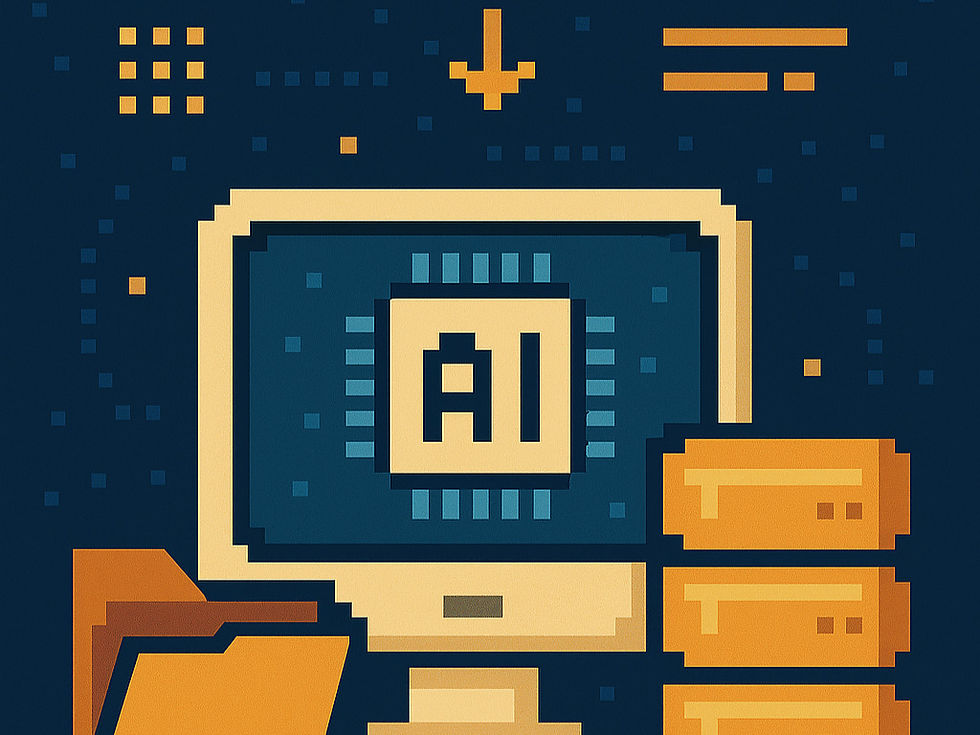What is Text Data in AI?
- learnwith ai
- Apr 7
- 2 min read

Text data refers to written or typed language in a digital format. It includes words, sentences, documents, and conversations stored as characters. Whether it's a tweet, an email, or a thousand-page novel, it's all text data to an AI.
Computers store text using formats such as:
Plain text (TXT, CSV)
Marked-up formats (HTML, XML)
Structured tables (databases or spreadsheets)
But raw text alone means nothing to machines unless it’s translated into a form they can understand.
How AI Understands Text
AI systems rely on Natural Language Processing (NLP) to interpret and work with human language. This involves breaking down and analyzing text through steps like:
Tokenization: Splitting text into words or phrases
Stemming and Lemmatization: Reducing words to their base forms
Vectorization: Converting words into numerical values
Embedding: Mapping words into multi-dimensional spaces to preserve meaning and context
Modern language models like GPT or BERT use deep learning to understand context, tone, and structure. These models are trained on vast amounts of text data from books, websites, conversations, and more.
Where Does Text Data Come From?
Text data can be collected from countless sources:
Emails and customer support tickets
Social media posts and reviews
News articles and research papers
Legal, medical, or financial documents
Internal company chats or CRM logs
The richness of the source affects the accuracy and relevance of AI-driven insights.
Why Text Data Matters
Text data enables machines to:
Summarize documents automatically
Translate languages in real time
Detect sentiment and emotion
Power search engines
Generate human-like conversations
Assist in decision-making through analysis of reports and records
It’s the foundation of intelligent systems that talk, write, listen, and even persuade.
Challenges with Text Data
Text data, while abundant, brings specific challenges:
Ambiguity: Words can have multiple meanings depending on context
Sarcasm and Emotion: Subtle cues often missed by machines
Multilingual Processing: Each language has unique syntax and rules
Noise: Typos, slang, and informal writing styles reduce clarity
Ensuring clean, diverse, and well-labeled text data is critical for building accurate AI models.
The Future of Text Data in AI
As AI becomes more conversational and context-aware, the role of text data will continue to grow. The shift is toward contextual understanding, personalization, and creative generation.
Technologies like transformers, large language models, and reinforcement learning with human feedback (RLHF) are reshaping how machines use text not just to respond, but to reason.
Final Thoughts
Text data is more than just words on a screen—it is a powerful form of human expression. In the realm of AI, it becomes a channel for logic, learning, and even creativity.
As machines grow more fluent in our language, the way we work, learn, and communicate will never be the same.
The future of AI speaks our language—and it all starts with text.
—The LearnWithAI.com Team
.png)


